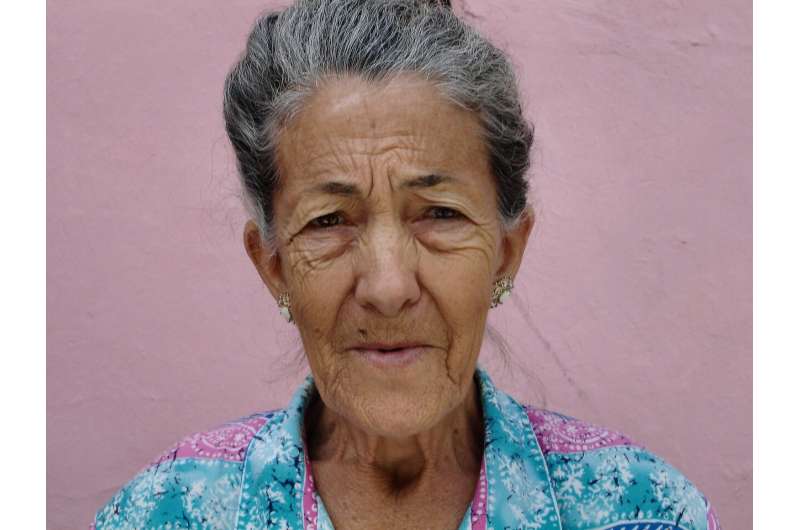Injury patterns may help differentiate between accidents and physical abuse in elderly patients, new study finds

The signs of physical abuse among elderly people can be challenging for health care professionals to recognize, resulting in as few as one in 24 cases being reported to authorities. However, a new study in Annals of Emergency Medicine explores injury patterns and characteristics to help experts spot key differences between abuse and unintentional injury.
"The first place that many vulnerable older patients turn for care is the emergency department," said lead study author Tony Rosen, MD, MPH, FACEP, assistant professor of emergency medicine at Weill Cornell Medicine and director of the Vulnerable Elder Protection Team based at New York-Presbyterian/Weill Cornell Medical Center's emergency department. "Emergency physicians have a unique opportunity to identify the 'red flags' for elder abuse. Improving the ability to recognize, treat, and prevent these incidents can improve the lives of millions of older patients."
The study, "Identifying Injury Patterns Associated with Physical Elder Abuse: Analysis of Legally Adjudicated Cases," compares 78 physical abuse cases with visible injuries among patients aged 60 or older with 78 patients of similar age and sex who visited a New York City emergency department for an unintentional fall between 2001-2014.
Abuse-related injuries are frequently attributed to an unintentional fall, the authors note. By comparing a group of patients injured by an unintentional fall with medical and legal records of prosecuted abuse cases, the study reveals several distinct injury patterns:
- Victims of abuse often have head or neck injuries without visible harm to other parts of the body. Abuse victims are more likely than patients who fall to have injuries on the face, head and neck area (67 percent versus 28 percent).
- Abuse victims are less likely than patients who fall to have scrapes, fractures or injuries below the waist (8 percent versus 50 percent).
- Facial injuries to the left cheek are frequent (22 percent) in abuse cases; a finding that confirms that abusers tend to be right-handed, the authors note.
- Neck injuries raise suspicions of abuse because the neck is often protected by the head or the face during an unintentional fall. Among more than 800 examined injuries, researchers found neck injuries and ear injuries resulted from abuse rather than a fall (15 percent versus 0 percent for neck injuries and 6 percent versus 0 percent for ear injuries).
According to the study, 22 percent of cases identified and prosecuted had no visible injury recorded. In many of these cases, victims indicated pain in the arms, chest, abdomen, back, face and jaw, which can inform how to approach patients without visible injury when abuse is suspected.
"Identifying the victims of elder abuse is an important skill set for professionals working in emergency departments caring for older adults," said Dr. Rosen. "Recognizing injury patterns helps encourage an environment where more of these troubling cases of harm against some of the most vulnerable, at-risk older adult patients can be reported and addressed."
More information: Tony Rosen et al, Identifying Injury Patterns Associated With Physical Elder Abuse: Analysis of Legally Adjudicated Cases, Annals of Emergency Medicine (2020). DOI: 10.1016/j.annemergmed.2020.03.020















